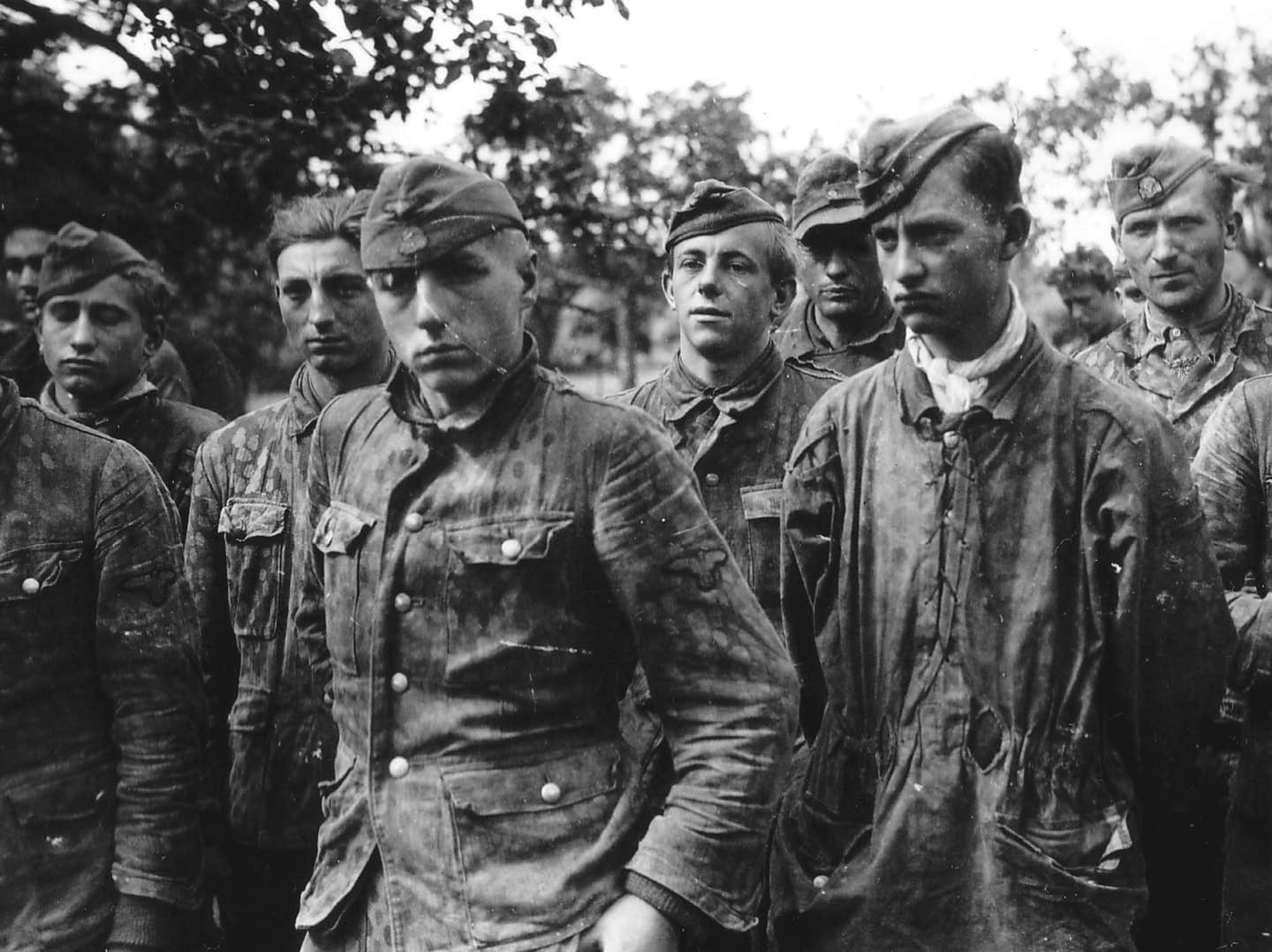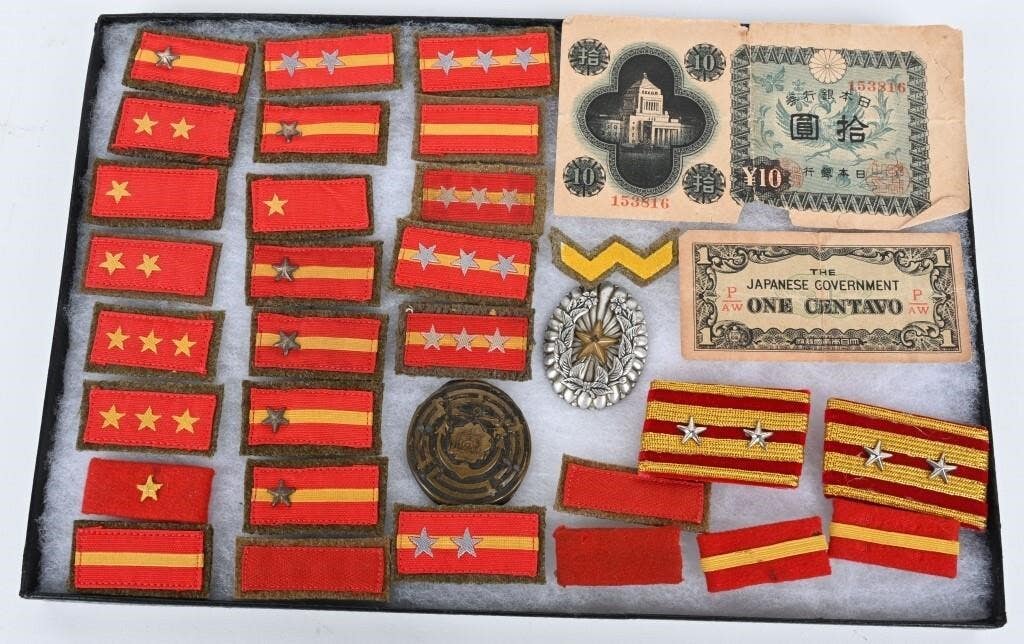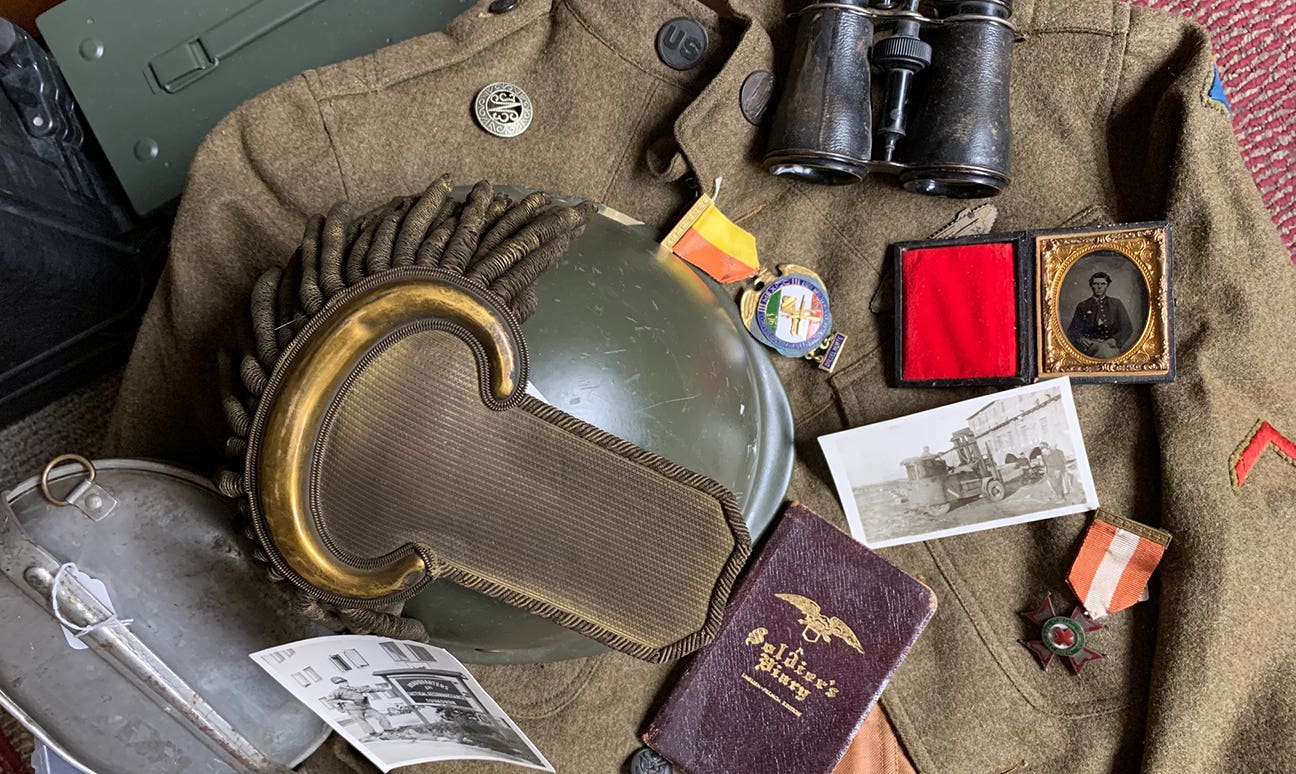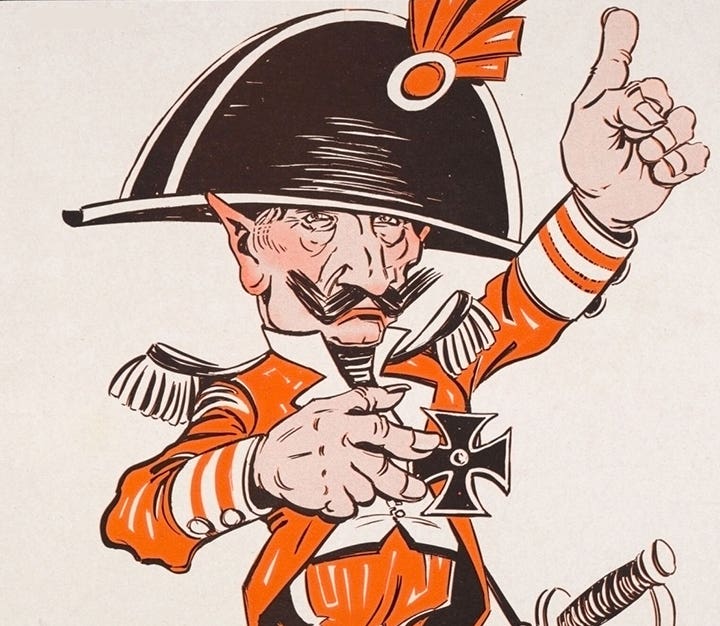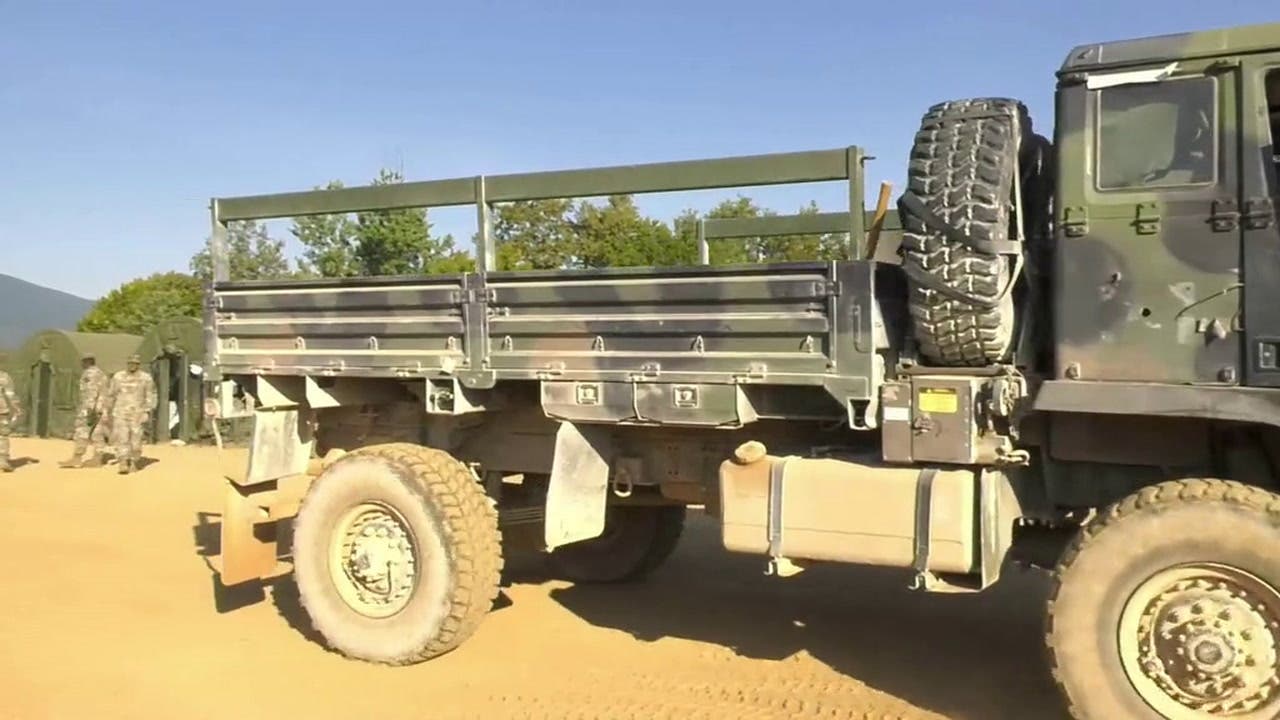ARMISTICE SIGNED IN A RAILWAY CAR
While most recognize November 11 as Veterans Day, this year, the day will mark the 101st Anniversary of the Armistice of 1918 that provided the foundation for ending WWI. Signed…
While most recognize November 11 as Veterans Day, this year, the day will mark the 101st Anniversary of the Armistice of 1918 that provided the foundation for ending WWI. Signed to go into effect on “the 11th Hour of the 11th Day of the 11th month, the armistice guaranteed no more fighting on land, sea, and air between the Allies and their opponent, Germany. Previous armistices had eliminated Bulgaria, the Ottoman Empire, and the Austro-Hungarian Empire. Although not a formal surrender, the Armistice marked an Allied victory and a complete defeat of Germany.
ONE CAR: Two Signings
Some refer to the document as the "Armistice of Compiègne" from the place where it was signed. In fact, the actual signing ceremonies took place in a carriage of the private train of Allied Supreme Commander, Marshal Ferdinand Foch.
The carriage (CIWL #2419D) had been built in 1914 in Saint-Denis as a dining car— a function it served until August 1918. After Marshal Foch requisitioned it, workers converted the car into an office for the commander of the Allied forces, who used it from the end of October 1918 to September 1919. Within only a couple of weeks of Foch taking possession of the car, however, it would serve its greatest role as the location for signing the Armistice on November 11. From then on, it was known as “Wagon of Compiègne”.
Sometime after the signing, CIWL 2419D briefly resumed service as a dining car before being donated to the Musée de l’Armée, in Paris in September 1919. The historic car was on display in the Cour des Invalides from 1921 to 1927, when it was returned to Compiègne at the request of the city’s Mayor. Back at Compiègne, CIWL 2419D took up residence in a specially created museum building as part of the “Glade of the Armistice” historic monument at the site of the signing ceremony.
The car’s history, however, was not complete. After Germany’s invasion and conquest of France in 1940, Adolf Hitler ordered that the rail car be returned to exactly the same location for the signing of the second “Armistice at Compiègne.” This time Germany was emerging as victorious, and on June 22, 1940, signatories met in CIWL 2419D. The Germans had moved the carriage out of its protective building and, as Hitler instructed, returned it to the exact spot of the 1918 signing — several yards away from the protected covering it had occupied since 1927.
After the signing, Germany transported the car to Berlin where they displayed it at the Berlin Cathedral. In 1944, the Germans sent CIWL 2419 to Thuringia, in central Germany, and later to Ruhla, then to Gotha Crawinkel, near a huge tunnel system.
It was at Gotha Crawinkel where CIWL 2419’s history closes. In the face of the advancing U.S. Army in March 1945, SS troops used fire and/or dynamite to destroy the historic train carriage. While some SS veterans and civilians claim to have seen the carriage destroyed earlier by air attacks near Ohrdruf while still in Thuringia in April 1944, most historians believe SS soldiers destroyed it in 1945.
Following WWII, the French government restored the Compiègne site. It wasn’t until Armistice Day in 1950, though, when a replacement carriage was returned to the site. Correct in every detail, an identical Compagnie des Wagon-Lits carriage, no. 2439 was built in 1913 in the same batch as the original and present in 1918. This car was renumbered no. 2419D and re-dedicated — a permanent reminder of the end of the “War to End All Wars.”
Preserve the Memories,
John Adams-Graf
Editor, Military Trader and Military Vehicles Magazine
John Adams-Graf ("JAG" to most) is the editor of Military Trader and Military Vehicles Magazine. He has been a military collector for his entire life. The son of a WWII veteran, his writings carry many lessons from the Greatest Generation. JAG has authored several books, including multiple editions of Warman's WWII Collectibles, Civil War Collectibles, and the Standard Catalog of Civil War Firearms. He is a passionate shooter, wood-splitter, kayaker, and WWI AEF Tank Corps collector.



